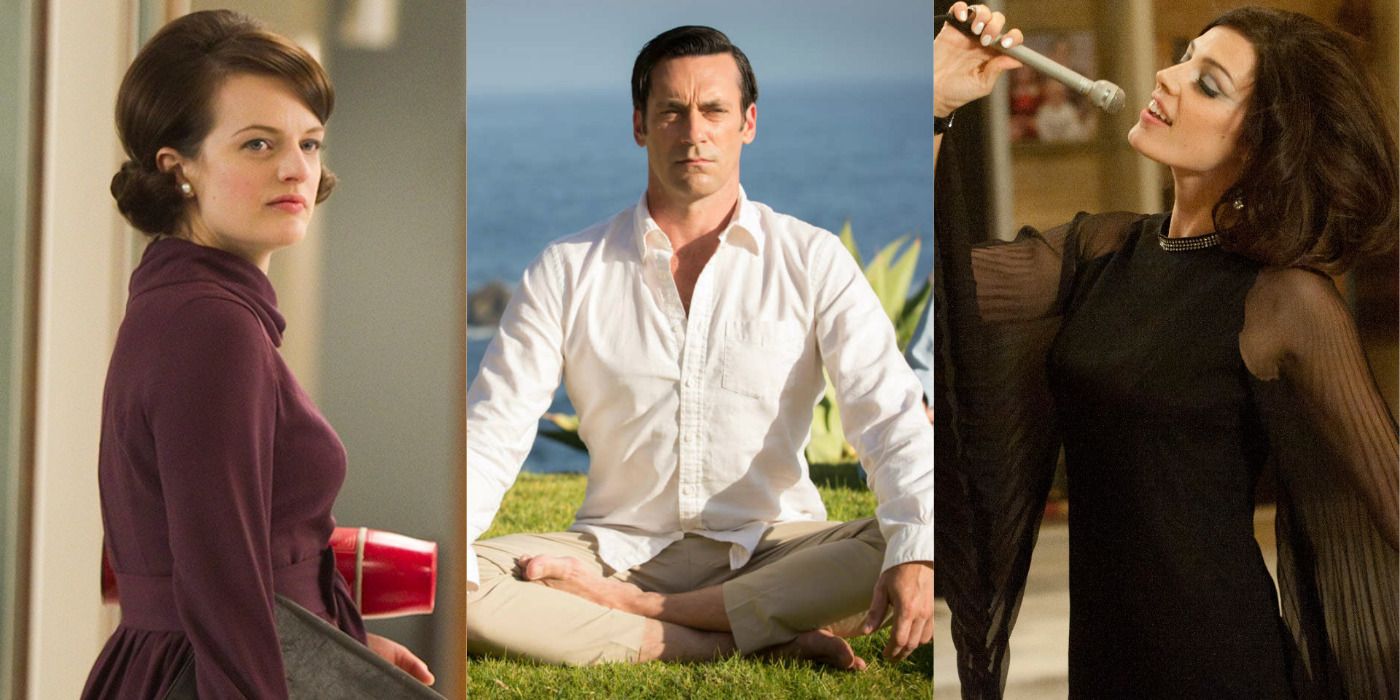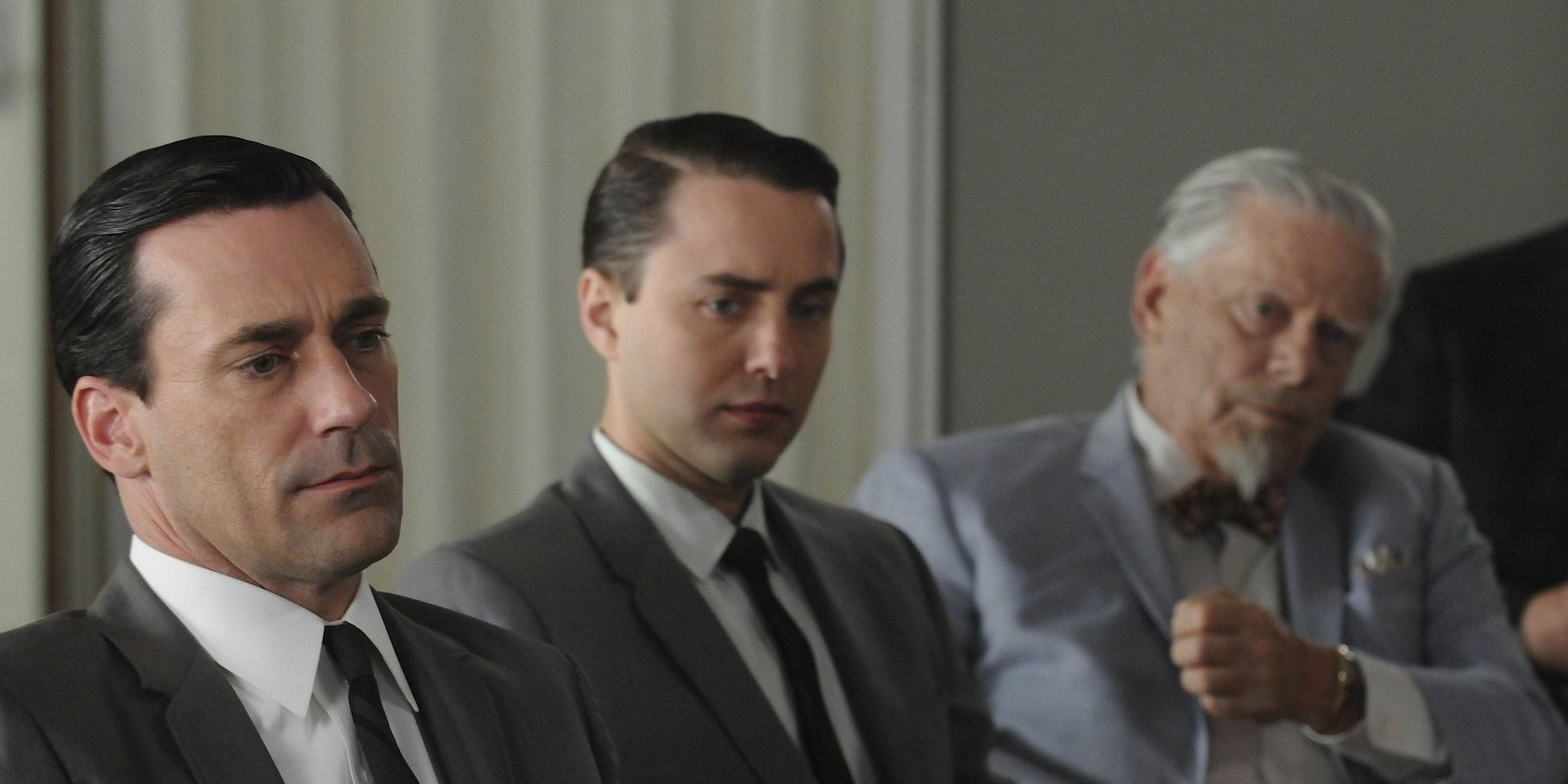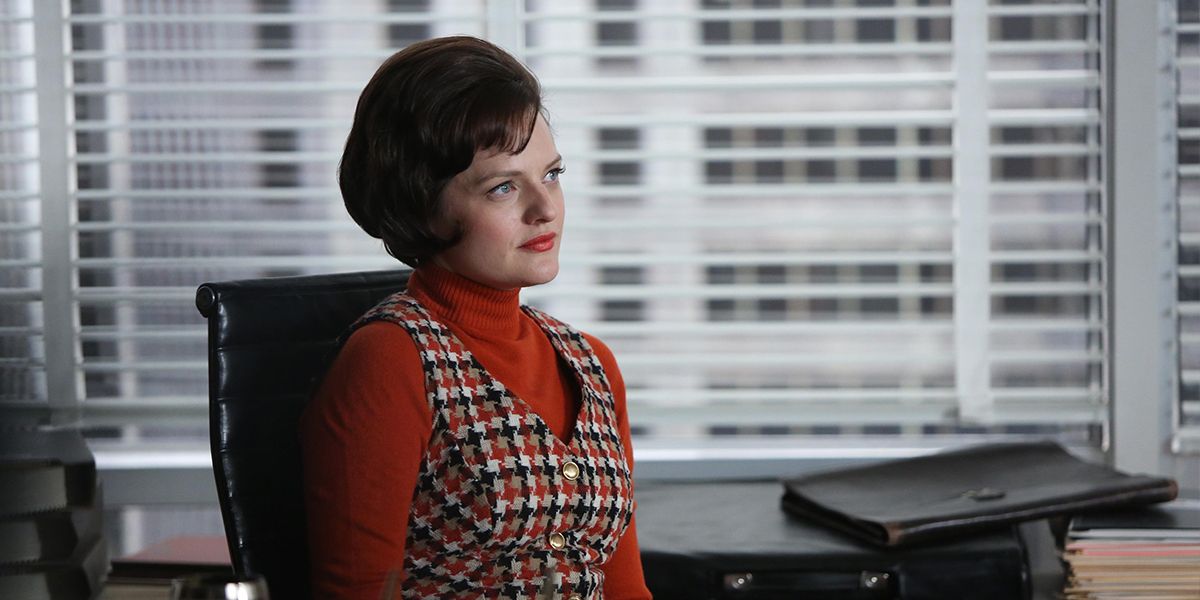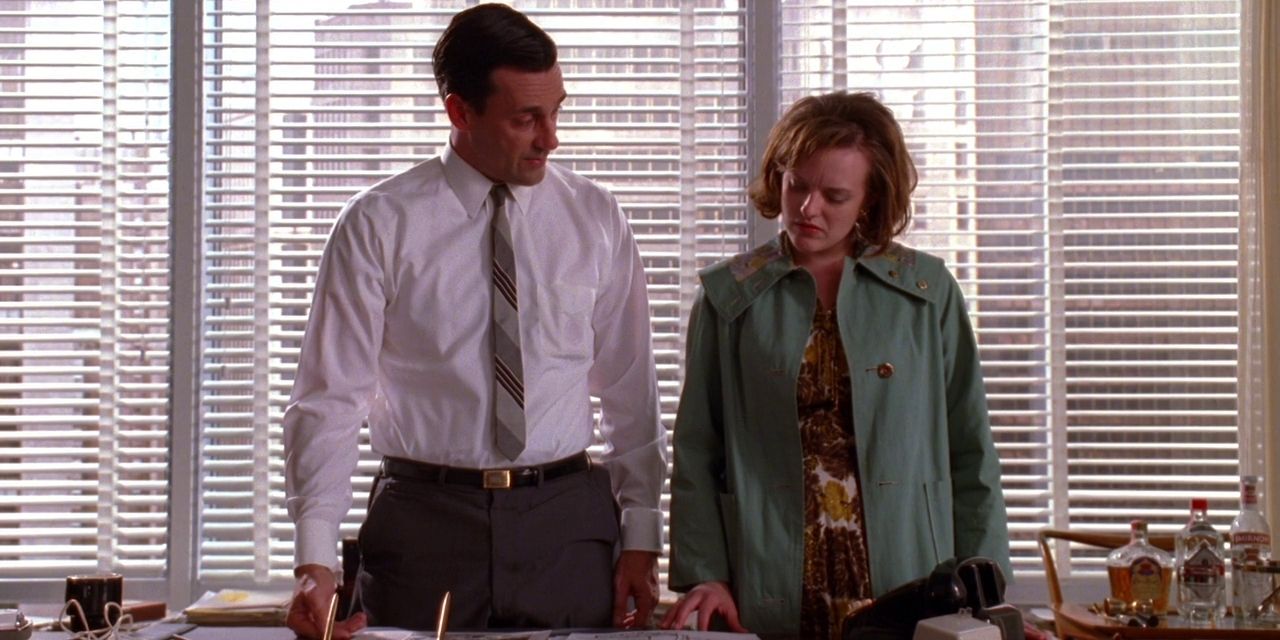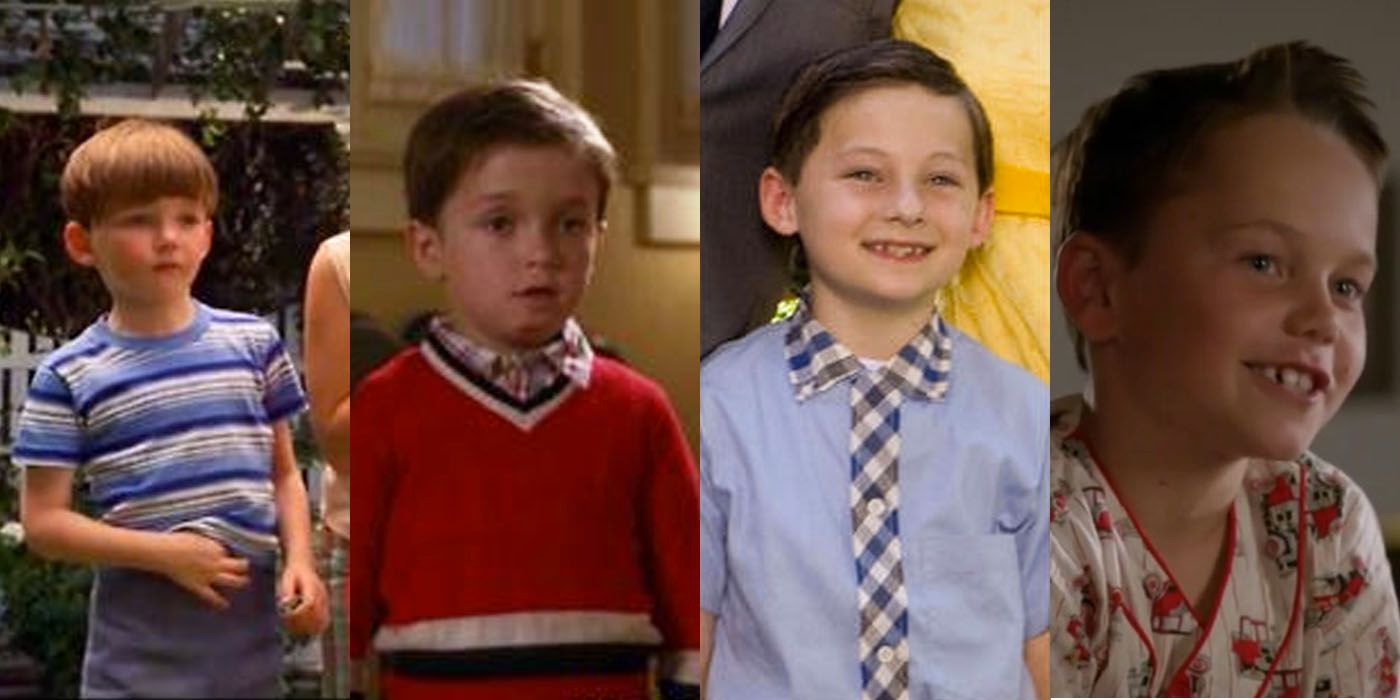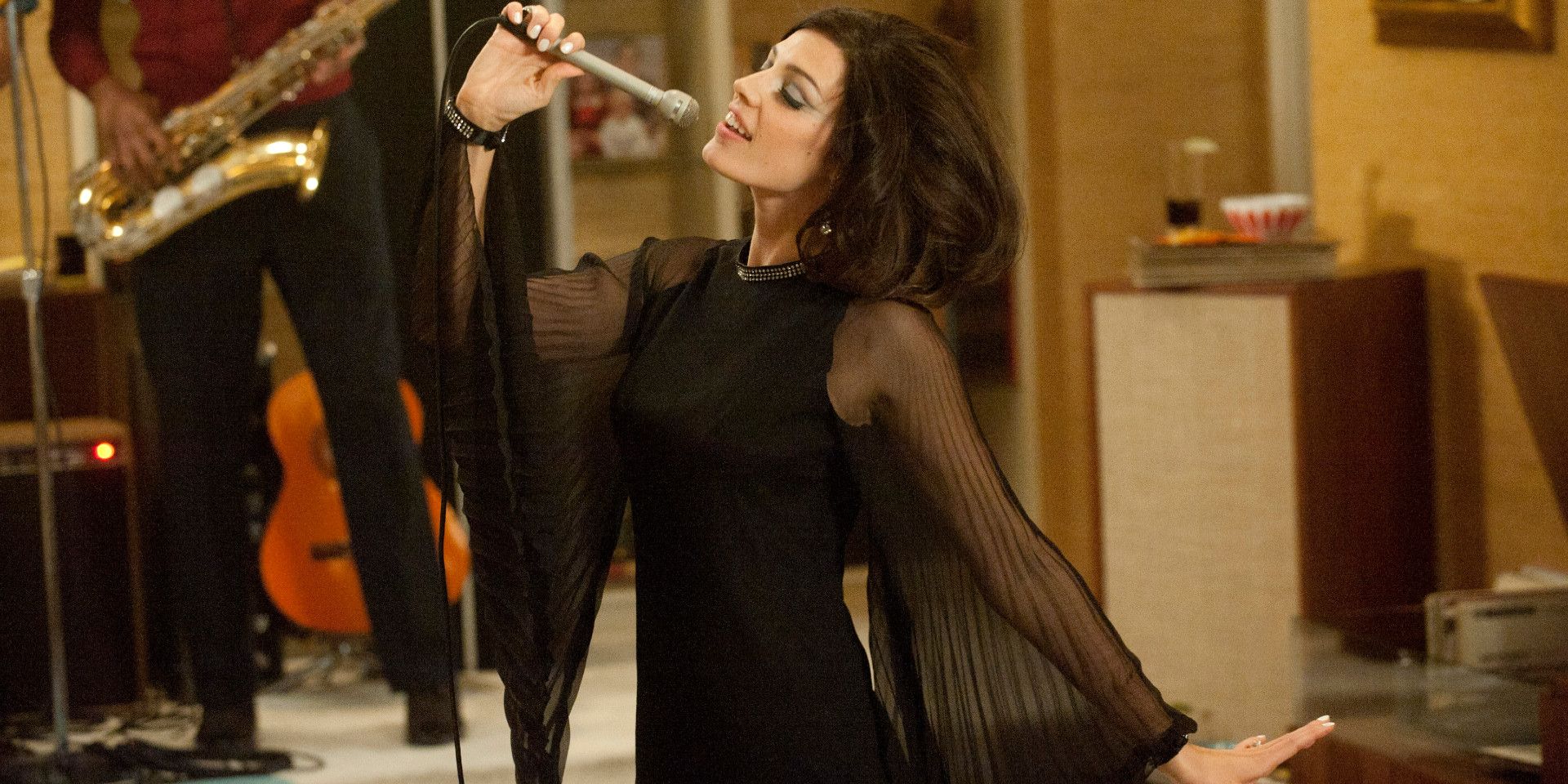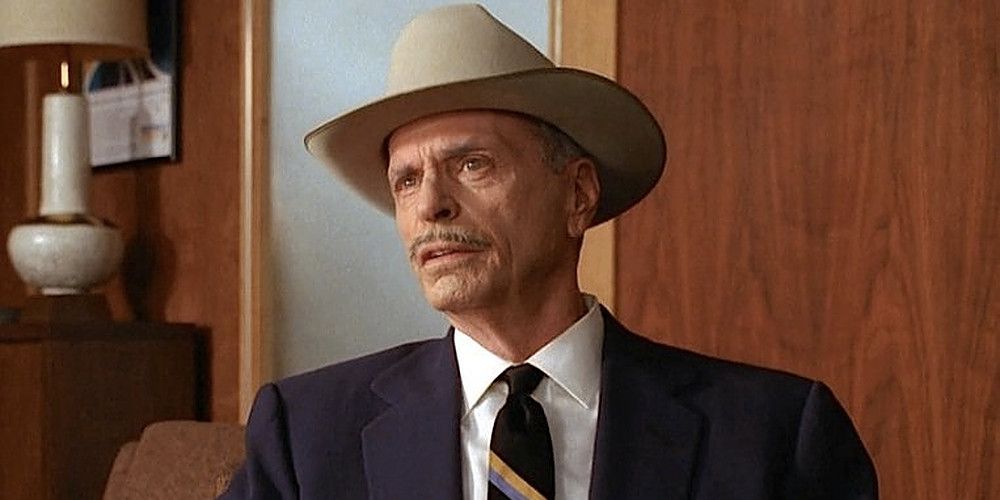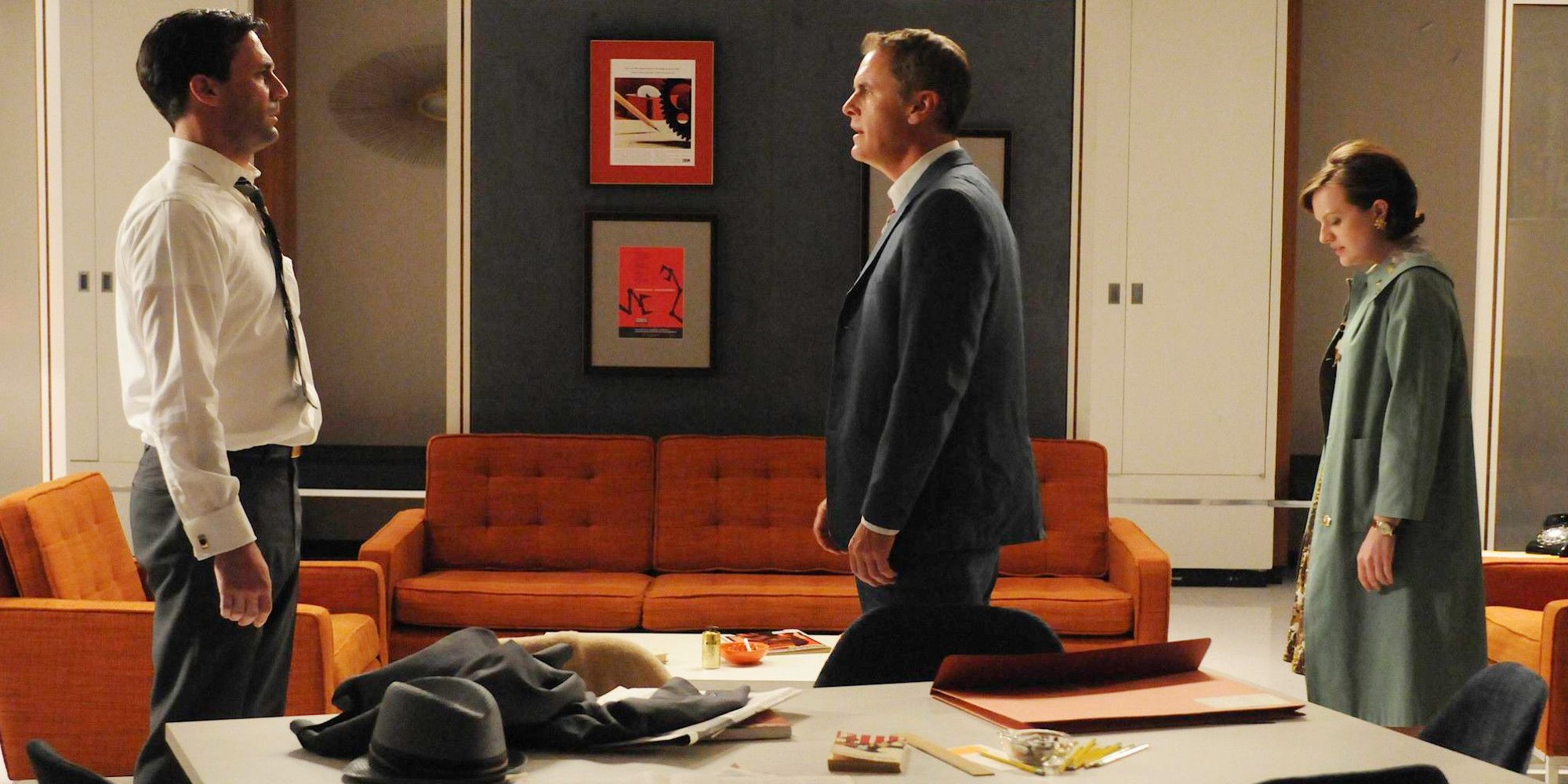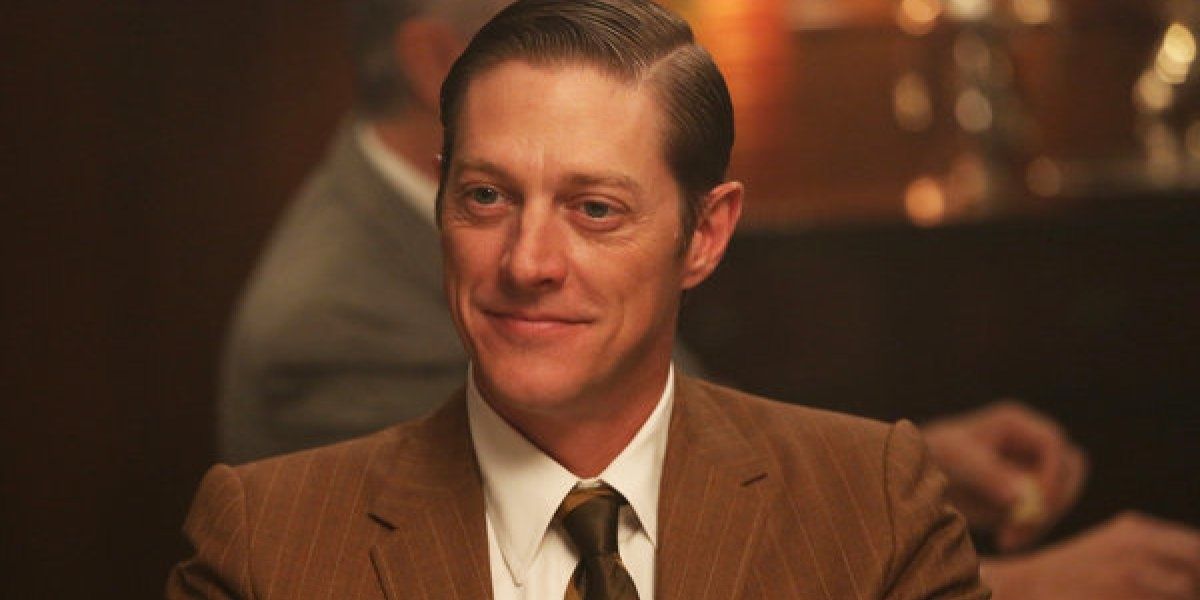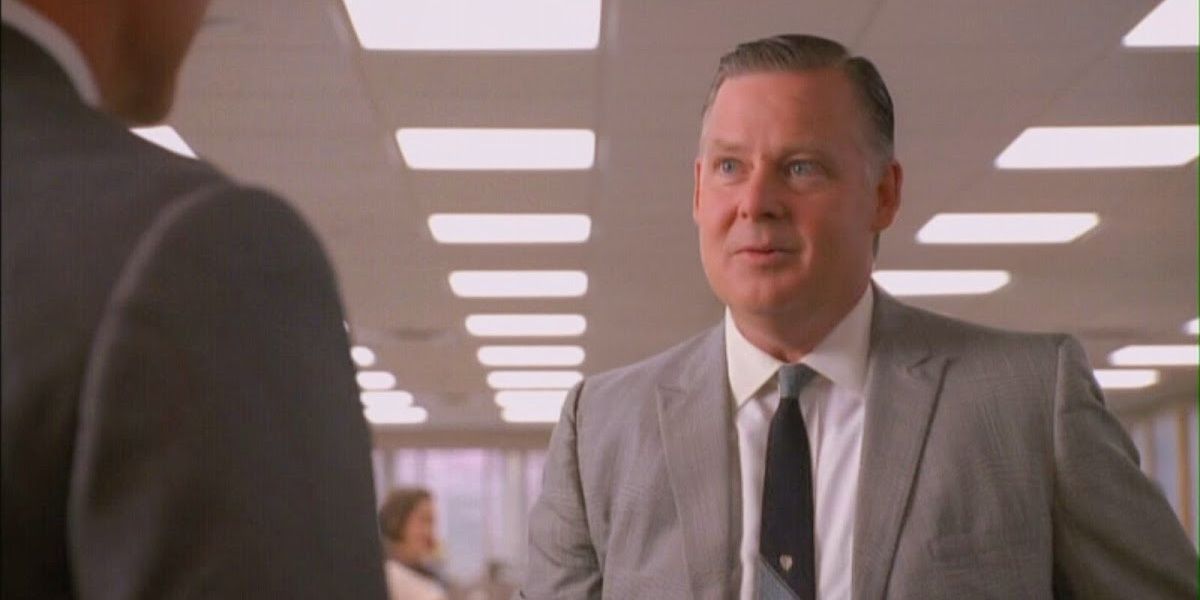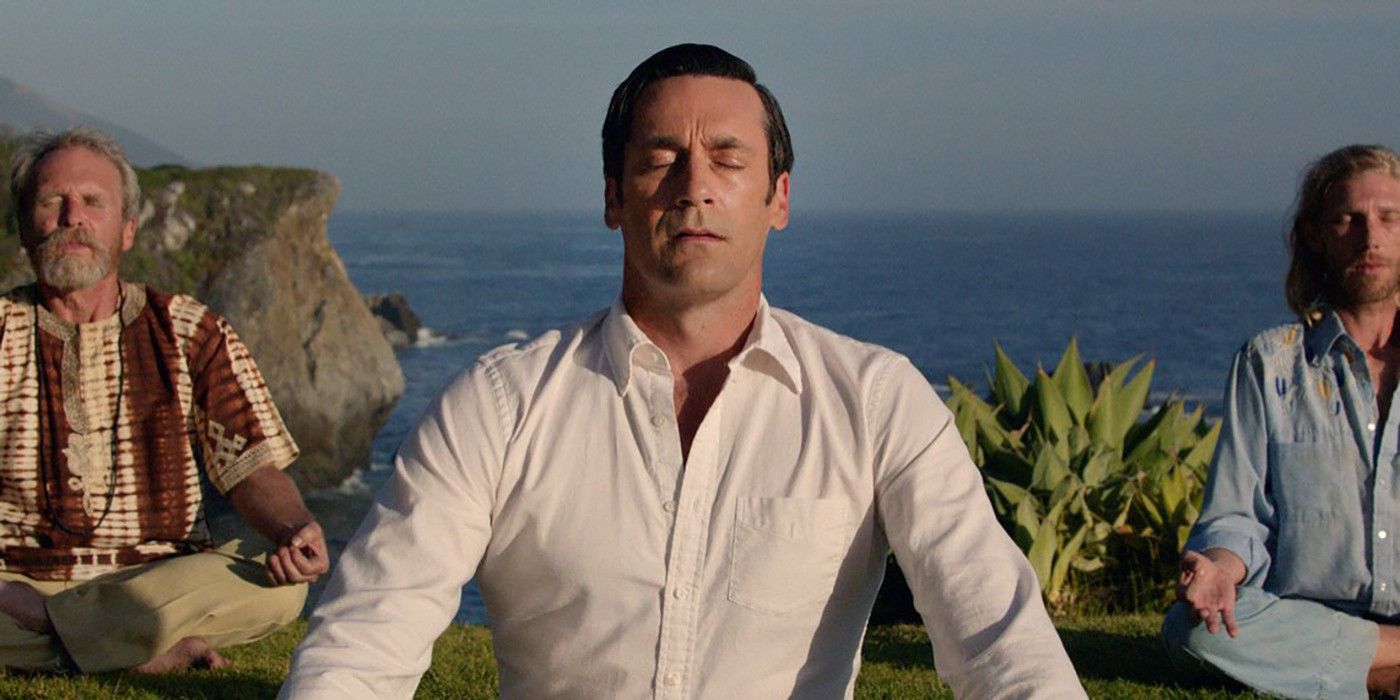During its seven-season run on AMC, Mad Men was regarded as one of the finest television dramas ever made, collecting 15 Emmy Awards, 5 Golden Globes, and millions of fans. While the final episode aired in 2015, however, it still holds a place of honor among die-hard viewers as a series that holds up even after repeated viewings.
It is, in many respects, a series that keeps on giving. Showrunner Matthew Weiner, like his mentor David Chase of The Sopranos, is a master of world-building, and the characters that populate Mad Men are layered with such nuance that loyal fans find something new every time they return to the world of Sterling Cooper Draper Pryce.
No One Used The Term "Mad Men"
The title itself isn't used in the series, outside of an explanation during the pilot that the phrase was a slang coined in the 1950s by advertising agency employees — ad men — who worked on Madison Avenue in New York City. "Mad" was a portmanteau of "Madison" and "ad," and while Mad Men's main character Don Draper and his fellow ad agents may not have referred to themselves as such, it was a fitting moniker.
After all, the story itself calls into question Don's mental health on a number of occasions. He's a fundamentally broken man whose career success is built on improving the lives of others — his clients, and their clients, who are convinced that the products they buy will make their lives better. As with most aspects of the series, the title works on a number of different levels.
Peggy's Outfits Get Reused
Astute observers no doubt noticed that some of the outfits worn by Peggy Olson — a woman on a similar transformational journey as Don Draper during the run of Mad Men — looked familiar on occasion. That's because costume designer Janie Bryant instituted a tradition to reuse them to give the series more real-world sensibility.
"Actually I have a tradition for Peggy that when we start each season, she’ll wear a dress from the previous season," Bryant told Slate in 2012. "And I always love that tradition for Peggy because I think that this all is really based in reality. That’s what we would do in real life: We repeat our clothes."
Peggy's Arc Mirrors Don's
During the season 6 finale, Don torpedoes the Hershey ad campaign, gives Sunkist to Ted, and generally alarms everyone with his erratic behavior. After he's forced to take a leave of absence, Peggy winds up in his office, having just ended an affair of her own. It's similar behavior to that of the man to whom she started out as a secretary, and her outfit is designed to call attention to it.
Bryant, this time in an interview with Entertainment Weekly, "notes that the black, orange, and white outfit references the imagery of Mad Men’s logo, which is black, white, and red — and features a silhouette of Draper’s back, similar to the final image we see of Peggy during season 6." As Bryant so pointedly emphasized, "I thought it speaks volumes about everything the show is about."
Four Different Actors Played Bobby
While Don's daughter, Mad Men scene-stealer Sally Draper, was a role occupied by actress Kiernan Shipka throughout the series' run, her younger brother, Bobby, went through three different recasts as Mad Men evolved. For seven episodes of season 1, he was played by Maxwell Huckabee; Aaron Hart finished the season and stuck around for season 2; Jared Gilmore took over for seasons 3 and 4; and by Mason Vale Cotton for seasons 5-7.
Recasting young characters isn't unusual, given the growth spurts children hit that outpace the show's timing, but actor John Slatter, who played Roger Sterling in the series, insinuated to The Shortlist in 2012 that the talent pool left something to be desired: "They’ve had about five Bobby Drapers and they can’t seem to find one who doesn’t look straight into the lens."
Megan Draper's Watercooler Moment
In the season 5 premiere, Don Draper's young wife, Megan, organizes a surprise birthday party for her husband and serenades him with a French song that, roughly translated, means "Oh! Kiss Kiss." While Don was clearly uncomfortable, the rest of the world lost its mind over actress Jessica Paré's version of the song, with critics calling it one of the series high points.
The next morning, it was available as a download, became a trending topic on Twitter, and started climbing the Canadian charts — not bad for a foreign language song on a cable drama about the world of 1960s advertising. In a series that often feels heavy with emotional content, it was a lighter moment that made viewers smile.
Connie Hilton Was A Real Person
While Mad Men was set against the backdrop of real-world events, many of which affected the characters in unique and profound ways, actual historical figures were seldom fictionalized, save for one: Conrad "Connie" Hilton, played by actor Chelcie Ross.
In the series, he was a difficult client who nevertheless became something of a father figure to Don, only to fade from memory after season 3. The real-life Hilton would have been 76 in 1963, the year in which season 3 was set, and by that point had already established himself as an international business mogul who owned hotels around the world.
Change Is Scary
Over 7 seasons, Mad Men set the development of the show's best characters against the very real social and political upheaval of the 1960s, and those changes were reflected in the show's various storylines. Specifically, the white male strangleholds on power were being shaken up, and for Draper and his fictitious counterparts, it was a time of uncertainty.
Few episodes showcase that change than season 4, when Herman "Duck" Phillips, drunk and pining for Peggy, winds up punching Don when he assumes the two are having an affair. Duck's speech, in which he references how many men he killed during World War 2, strikes loyal viewers as the desperate last stand of a man who understands that his dominance is fading in the face of a world where brute force, casual racism, and misogyny are no longer tolerated.
Old Spanish: A Nod To 30 Rock
Eagle-eyed viewers who also happened to be fans of a certain NBC comedy were treated to a rare Easter egg in episode 4 of season 6, when Ted Chaough, Don's rival, orders a drink known as an "Old Spanish" ... a fictional libation first mentioned in season 7 of 30 Rock.
Fans of that show may remember it as a favorite of the character Cooter, played by actor Matthew Broderick. The drink — red wine, tonic water, and olives — isn't the only tie between the two series. Both actors Jon Hamm (Don Draper) and John Slattery (Roger Sterling) appeared on the NBC show, and Anita Gillette's 30 Rock character, Margaret Lemon (Liz's mom), once offhandedly mentioned working as a secretary the Mad Men firm Sterling-Cooper.
Bill Murray's Brother Is In It
Joel Murray, the brother of legendary movie comedian Bill Murray, plays Freddy Rumsen, who spent much of season 1 as a tragicomic alcoholic who eventually soils himself and is sent packing. As with all things Mad Men, however, showrunner Matthew Weiner builds layers to Freddy that pay off in later seasons.
Freddy, for instance, is the Mad Man who initially spots Peggy's talent. He mentors her (and plays the part of the swaggering '60s male on occasion) in later episodes, but by season 7, the pendulum has swung. This time, it's Don who's unraveling, and Freddy's there to pitch in ... a change of pace that reflects the scope of talent in the Murray family gene pool.
Don't Count Don Out
Whatever happened to Don Draper after Mad Men ended is anyone's guess, but given the insinuation of the series finale, it might very well have been a redemption story. Long-time viewers of the show were entranced by the decade-long unraveling of the series' anti-hero, which slowly revealed that his life was as fabricated as the ads he conceived.
Just when they thought Don was out of the game, however, it's suggested that the hilltop meditation was the catalyst for one of the most famous ads of all time: The iconic "I'd like to buy the world a Coke" jingle that lives on almost 50 years later. It was enigmatic enough to spawn numerous what-if scenarios, but not as esoteric as a Sopranos-style fade-to-black ending ... ultimately giving hardcore fans the ending their loyalty deserved.

